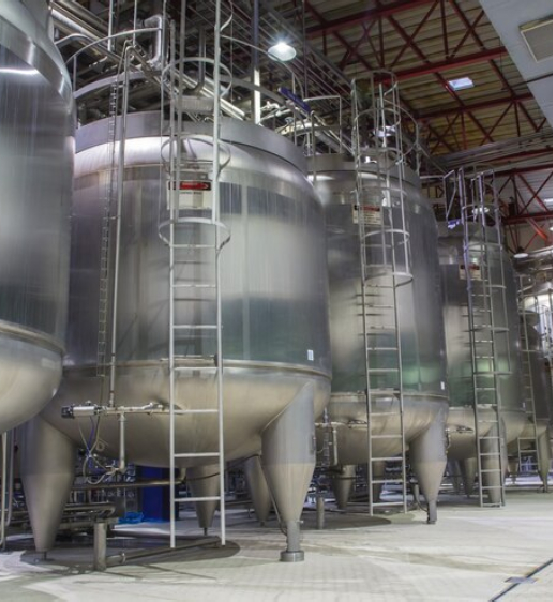- Opening Hours : Sun- Fri: 08:00 am - 08:00pm
- +91 9919724030, 8765156267

Welcome to Our Company, a leading provider of high-quality dairy products. We are dedicated to bringing fresh, nutritious milk and dairy products directly from our farm to your table. Our commitment to quality, sustainability, and innovation drives everything we do.
A 100% organic milk plant refers to a facility that produces milk from cows raised on organic feed..
Award-winning quality in the context of a 100% organic milk plant refers to milk that has been recognized..

Healthy and nutritious organic milk is packed with essential vitamins, minerals, and proteins, making it an excellent..
A safe environment in an organic milk plant refers to the practices that ensure both..

Raw milk is collected from local dairy farms. The milk is typically transported in refrigerated tanks to maintain freshness.
The milk is passed through a filter to remove any impurities like dirt or debris that might have been picked up during collection and transport.
This critical step involves heating the milk to a specific temperature (usually between 63°C to 72°C or 145°F to 162°F) for a set period of time to kill harmful bacteria, pathogens, and enzymes that could affect milk quality. It ensures the milk is safe for consumption without affecting the taste or nutritional content.
This process breaks down fat molecules in the milk, making them smaller and more uniform. It prevents the cream from rising to the top and ensures a smooth texture. It also improves the appearance and mouthfeel of the milk.
Depending on the type of dairy product being produced
After the desired product is created (whether it's milk, cheese, yogurt, etc.), it is rapidly cooled again and stored in refrigerators or cold storage rooms to preserve freshness and extend shelf life.
The final product is packaged in bottles, cartons, tubs, or other containers depending on the product type. Packaging is done in a sanitary environment to prevent contamination.
Once packaged, the products are stored and ready for distribution to retailers, wholesalers, or directly to consumers. Distribution typically involves refrigerated transport to maintain the products at safe temperatures.
